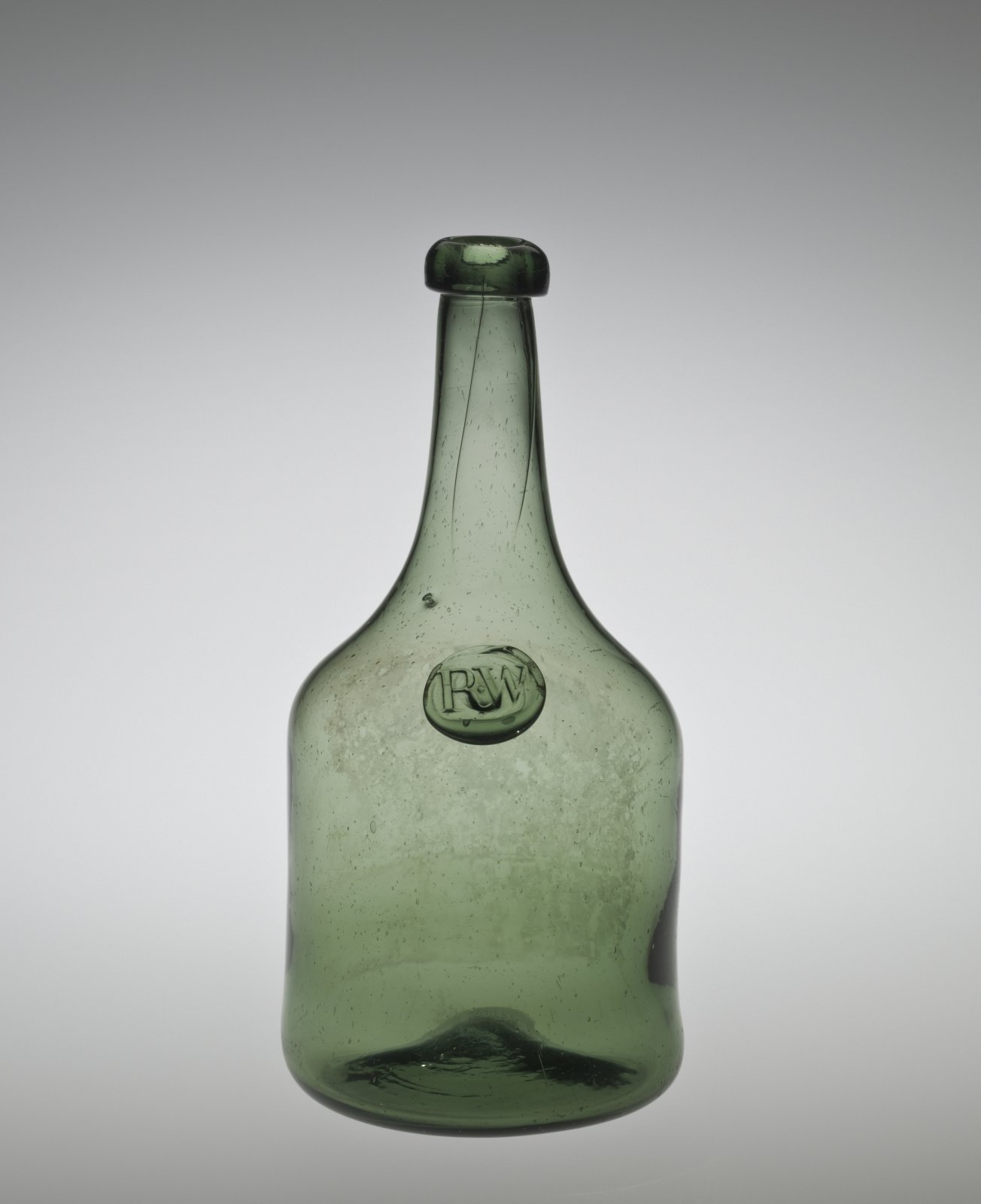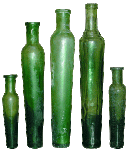This is a very good example of the type of rifle that may have been imported here in the 1760's . Good straightforward south German gun. I start seeing square ended finials on the triggerguard about this time, maybe a little back into the 1750's. American gunsmiths quickly followed suit. Too bad they didn't keep the nice big triggerguards and flat cheekpieces.... I hate tiny little two finger grip rails and horrible hollowed out, chin-jabbing cheekpieces!

But other imported rifles would have come from other areas... with entirely different styles. Here is a "newly discovered" American restock of a German rifle from somewhere in north or central Germany.... definitely not restocked in the same style that it was originally! And another single set trigger!
https://auctions.morphyauctions.com...overed_pre_revolutionary_war_a-lot492976.aspx
I would dare say that you could pretty much ignore the auction house's attributions entirely. Collectors and auction houses LOVE attributions... it means more money.
My own thoughts are that the cheekpiece screams Christian's Spring/Bethlehem, but the carving doesn't so much. The carving does fit in well with other early Lehigh area guns, so my take is that it was restocked in that region, say 1770s. I would propose that the buttplate originally had a long plain square ended tang (common for the style of rifle that this one originally was), and the restocker cut it into this shape.







